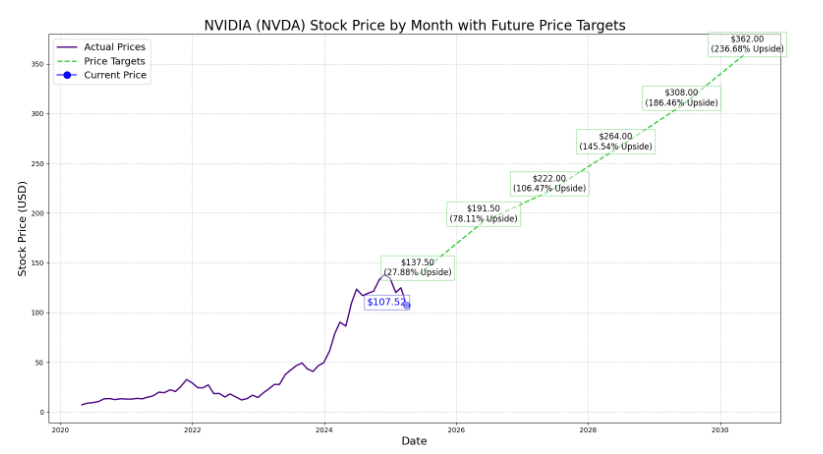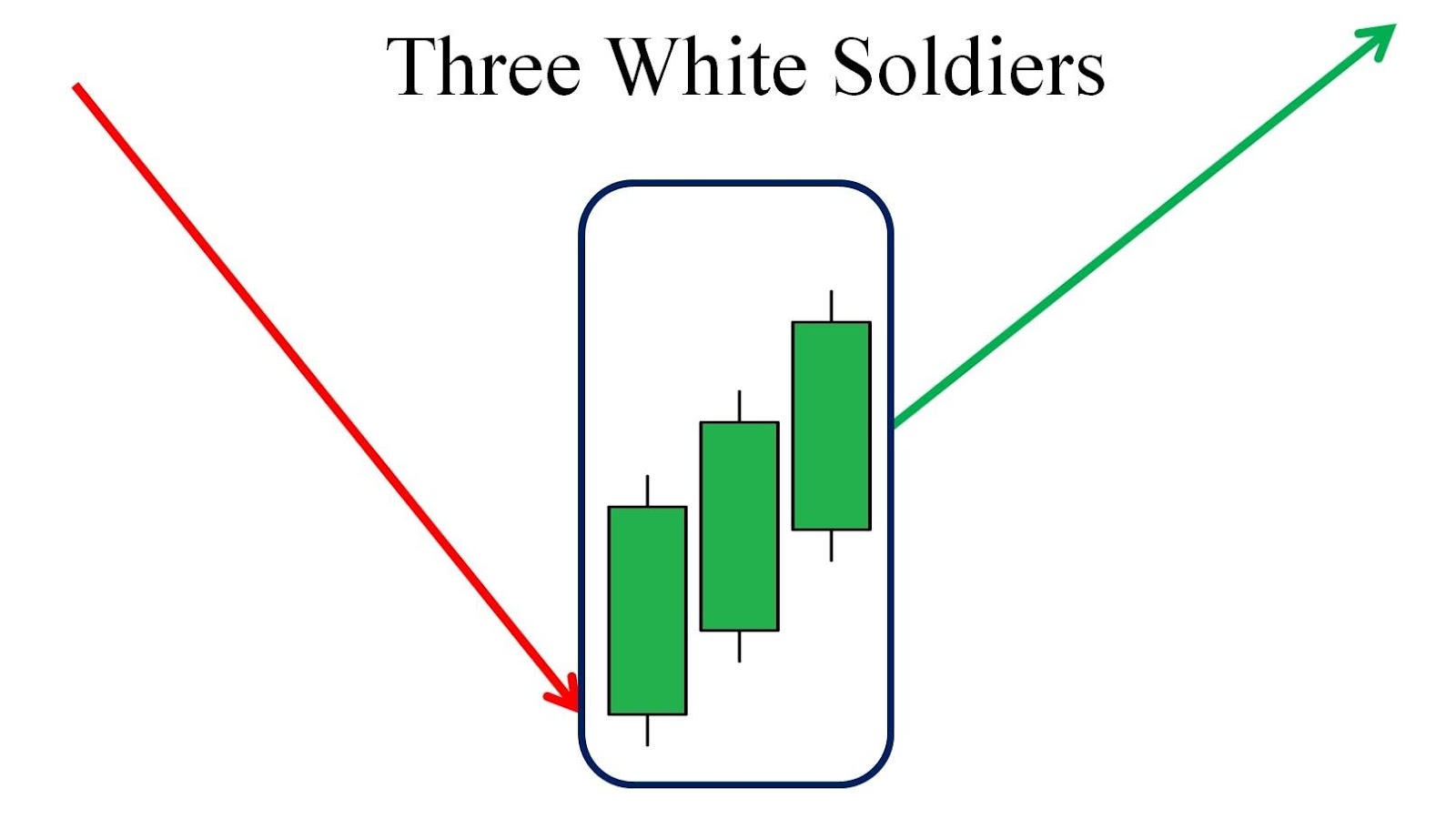In 2025, NVIDIA Corporation, a leading designer of graphics processing units (GPUs) and AI hardware, experienced a significant decline in its stock value.
However, why did NVIDIA stock drop despite being a powerhouse? In truth, several factors contributed to this downturn, including intensified competition, geopolitical tensions, regulatory challenges, and market dynamics.
Exploring the 5 Reasons Why NVIDIA Stock Drop

1) Emergence of Competitive Threats
The main contributor to NVIDIA's stock drop was the rise of new competitors in the artificial intelligence (AI) sector. Notably, the Chinese startup DeepSeek introduced an advanced AI model that delivered comparable performance to NVIDIA's offerings but at a reduced cost and with lower computational requirements.
This development raised concerns about NVIDIA's ability to maintain its competitive edge in the rapidly evolving AI landscape. For example, DeepSeek's AI assistant surpassed other popular applications on platforms like Apple's App Store, underscored the shifting dynamics in the AI market and posed a direct challenge to NVIDIA's dominance.
2) Geopolitical Tensions and Tariff Implications
A significant contributor to NVIDIA's stock decline was the imposition of tariffs by the U.S. administration under President Donald Trump. In early 2025, the administration announced extensive tariffs targeting aluminium, steel, automobiles, and a broad range of goods from China.
These measures ignited fears of a potential U.S. recession and had a pronounced impact on major global companies.
Specifically, NVIDIA's market capitalisation decreased by approximately 19.59% during the first quarter, reflecting investor apprehension about escalating trade tensions and their potential to disrupt supply chains and increase operational costs.
3) Regulatory Scrutiny and Export Restrictions
In addition, NVIDIA also faced increased regulatory scrutiny and export restrictions, particularly concerning its operations in China. In April 2024, reports emerged that China had allegedly acquired banned NVIDIA chips and servers through indirect channels, prompting concerns about compliance and potential legal ramifications.
Additionally, U.S. regulators, including the Federal Trade Commission (FTC) and the Department of Justice (DOJ), initiated antitrust investigations into NVIDIA's influence in the AI industry. These probes focused on the company's conduct and raised questions about its market practices, contributing to investor uncertainty and negatively impacting stock performance.
4) Market Dynamics and Investor Sentiment
The broader market dynamics also affected NVIDIA's stock decline. The technology sector, which had experienced substantial growth in previous years, began to show signs of volatility. Investors grew increasingly cautious about the sustainability of high valuations, particularly in the face of emerging competitors and regulatory challenges.
NVIDIA's addition to the Dow Jones Industrial Average in November 2024 was initially seen as a positive development. However, the subsequent performance highlighted the stock's sensitivity to broader market sentiments and sector-specific headwinds.
5) Internal Challenges and Strategic Adjustments
Lastly, NVIDIA faced internal challenges in its strategic direction and product offerings. For context, the company's efforts to expand its AI capabilities and data centre operations required substantial investment, and the returns on these investments were closely scrutinised by investors.
Additionally, the rapid pace of technological advancement necessitated continuous innovation, placing pressure on NVIDIA to maintain its leadership position in a highly competitive market. This disconnect led to a reassessment of Nvidia's valuation, contributing to the stock's decline.
NVIDIA Stock Forecast 2025 and Beyond

Despite facing many challenges in early 2025, we expect NVIDIA's stock will bounce back in the second half of 2025, driven by the anticipated widespread adoption of its Blackwell architecture. Introduced in March 2024, Blackwell represents a significant advancement in GPU technology, offering enhanced performance tailored for data centres and AI applications.
The architecture's flagship products, the B100 and B200 datacenter accelerators, along with the HGX B200 board and NVL72 rack-scale system, have garnered endorsements from major tech companies, including Google, Meta, Microsoft, OpenAI, and Oracle.
Analysts project that the demand for Blackwell GPUs will lead to a notable increase in Nvidia's revenue. For example, Morgan Stanley forecasts the surge will contribute to NVIDIA's revenue reaching approximately $195.4 billion in fiscal 2026, marking a 51% increase from the previous fiscal year.
Furthermore, NVIDIA's strategic partnerships with leading cloud service providers, such as Microsoft and Oracle, underscore the growing reliance on Nvidia's GPUs for AI infrastructure. Microsoft, for instance, has emerged as a significant buyer of Blackwell GPUs, aiming to enhance its AI capabilities and offer advanced computing power to other developers through its Azure platform.
Considering these factors, NVIDIA's outlook for the latter half of 2025 appears promising, as it could even attract long-term investors who see the recent dip as a buying opportunity.
Conclusion
In conclusion, NVIDIA's stock decline in early 2025 can be attributed to a confluence of factors, including intensified competition from emerging AI startups like DeepSeek, geopolitical tensions and tariff implications, regulatory challenges in key markets such as China, concerns over market saturation, and uncertainties regarding AI infrastructure spending.
These elements collectively influenced investor sentiment and contributed to the decrease in NVIDIA's stock value during that period. Yet, despite the significant challenges, its track record of technological leadership and market adaptability suggests that it could still find a path to recovery by the end of 2025.
Disclaimer: This material is for general information purposes only and is not intended as (and should not be considered to be) financial, investment or other advice on which reliance should be placed. No opinion given in the material constitutes a recommendation by EBC or the author that any particular investment, security, transaction or investment strategy is suitable for any specific person.








